 Exploring Cytotec's Role in Reproductive Rights
Exploring Cytotec's Role in Reproductive Rights
Understanding Cytotec: Origins and Medical Uses
Cytotec originally emerged from the labs of pharmaceutical research as a potent solution to curb gastric ulcers, primarily designed for preventing stomach ulcers in people who take NSAIDs regularly. Over time, its utility has expanded, profoundly influencing women's health care. Teh world didn't foresee this humble little pill’s potential as an indispensable tool in reproductive health, but its ability to induce labor and manage miscarriages was quickly realized.
| Use | Description |
|---|---|
| Gastric Ulcers | Treats and prevents stomach ulcers. |
| Labor Induction | Used to induce labor in pregnant women. |
| Miscarriages | Assists in medical management of miscarriage. |
Cytotec’s versatility and effectiveness have undeniably redefined its original intent. As it instigates scientific inquiry and debate, its journey continues to capture global attention.
The Science Behind Cytotec's Reproductive Functions

Cytotec, most well-known for its active ingredient misoprostol, operates by interacting with prostaglandin receptors within the body, initiating contractions in the uterine muscles. These controlled contractions are pivotal in medical abortions and managing miscarriages. The mechanism stimulates uterine lining shedding, effecting profound changes at the cellular level. Scientists have extensively studied misoprostol, underscoring its role in interrupting pregnancy by encouraging uterine activity. Despite its minuscule tablet form, the drug delivers substantial impact, embodying both therapeutic promise and complexities for women's reproductive health, empowering them through medical advancement.
Legal Landscape: Cytotec's Accessibility Around the World
Cytotec, known widely for its reproductive applications, faces varied accessibility depending on the geographical and legal landscapes. In some regions, it is easily obtainable, facilitating women's health care and decision-making. However, other countries impose strict limitations due to ongoing debates and ethical arguemnts, which occasionally restrict access. This inconsistency can be attributed to the diverse legal frameworks governing reproductive rights and healthcare across the globe. In countries where Cytotec is legal but tightly regulated, healthcare providers must navigate complex legalities to obtain it legally. Meanwhile, black markets and illegal sourcing have emerged in areas where access is heavily restricted or outright banned, further complicating the picture.
Cytotec's Role in Empowering Women's Health Choices

As women around the world navigate the complex landscape of reproductive health, Cytotec has emerged as a pivotal player, often providing an option for those seeking greater autonomy over their choices. Originally developed for ulcer treatment, its off-label use in reproductive health highlights how medical innovations can sometimes lead to unintended, yet profound implications in personal health management. For many, its use has become a symbol of empowerment, offering a chance to explore decisions independently and confidentially. However, access to Cytotec remains inconsistent across borders, as varying goverment policies dictate its availability and legality. This disparity emphasizes the need for global dialogue on women's rights and healthcare.
Controversies and Debates Surrounding Cytotec Use
A spectrum of controversies emerges when considering Cytotec, particulary its repurposing in reproductive health. Originally developed as an ulcer medication, its off-label use for inducing labor and medically managing abortions sparks debates. Critics argue that self-managed abortions using Cytotec could pose significant health risks when not under proper medical supervision. This generates a complex ethical dialogue about women's autonomy versus safety standards, and whether access to Cytotec should be restricted or freely available.
Another layer to this controversy is its discrepant accessibility across different regions. While some countries permit its use, others have stringent restrictions, creating an uneven landscape. This inconsistency in availability often reflects broader social and political undercurrents that influence reproductive rights, making it a focal point for ongoing discussions.
| Aspect | Key Points |
|---|---|
| Health Risks | Potential dangers when used without medical supervision |
| Ethical Dialogue | Balancing women's autonomy with safety |
| Regulatory Variance | Different accessibility around the world |
Looking Forward: Cytotec in Future Reproductive Rights
As we navigate the future of reproductive rights, Cytotec stands at a crucial crossroad of science and advocacy. Its potential impact on healthcare is contingent on evolving legal and societal frameworks. As advancements in healthcare continue, so too does the importance of Cytotec in providing safe, accessible options for women worldwide. Emerging research promises to unravel more of Cytotec's capabilities, positioning it as a vital component of reproductive medicine. However, ongoing debates about its use underscore the need for informed dialogues and policy revisions. This future landscape will defineately depend on the convergence of medical innovation and social responsibility.
More about Cytotec WHO on Reproductive Health

